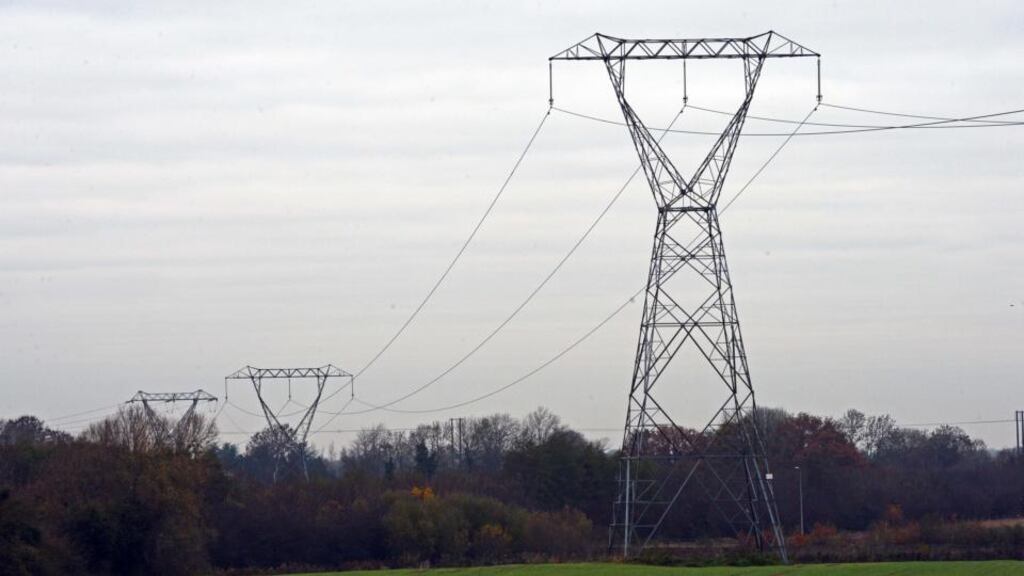EirGrid is to consider paying the residential market value of homes to property owners whose residences lie within 50 metres of pylons along the proposed Grid Link and Grid West network of high-voltage cables, the company’s chief executive has said.
Speaking earlier today, Fintan Slye said the semi-state will engage “on an exceptional basis” with those people whose homes are within the 50 metre radius.
“Payment of market value is certainly something we would consider,” he said.
The company has already proposed a payment scheme based on a sliding scale for homeowners whose homes lie between 50 metres and 200 metres of new pylons or stations.
EirGrid says the money will be offered as part of a two-pronged “community gain mechanism” it has adopted in recognition of the visual impact of the high-voltage network.
The community gain mechanism will be built into the budgeting and development of these projects, Mr Slye told RTÉ.
A Local Community Fund would see payments administered by local authorities and the Proximity Allowance payment would be made to residential property owners whose homes lie within the 200 metre corridor.
The amount in question is estimated at about €50 million or 5 per cent of the overall project.
Under the proposal, EirGrid will make once-off payments ranging from €5,000 for homes located at 200 metres to €30,000 for homes located at 50 metres from the proposed structures. Payments will also be made to those with full planning permission for homes within the 200 metre corridor.
The company said it would deal on a case-by-case basis with property owners whose homes lie within 50 metres of the new structures.
The Local Community Fund will see EirGrid pay €40,000 per kilometre for communities in proximity to 400 kV pylons and stations. The fund will be made available upon completion of the line and will be administered on a ring-fenced basis by the local authority.
The project has attracted strong opposition from interest groups and individuals concerned with the impact such a network might have on health and on the environment.
Mr Slye said EirGrid, which received 35,000 submissions during the recent period of public consultation, was responding to concerns and issues raised through that process.
He said the next stage in the consultation will be to outline alternatives to the current proposal for an overhead network and set them out in comparable terms “so there can be discussion and debate about the two options”.
The Irish Cattle and Sheep Farmers’ Association (ICSA) added their voice to the debate today saying the examination of undergrounding options must ensure that a “realistic” level of compensation for landowners is ensured.
ICSA president Gabriel Gilmartin said the compensation currently being suggested by EirGrid would be "insufficient" to cover the impact of the powerlines.
Mr Gilmartin said the association had “serious concerns” that the company had decided to discount undergrounding as an option and instead focus on an overhead solution.
“We also found it alarming that EirGrid appeared to have very little regard to agriculture in the Grid Link Stage 1 report, outside of references to the landscape.
Mr Gilmartin said the report fails to make “the critical connection between farm land and working family farms”. Giving a cautious welcome to the establishment of the expert panel, Mr Gilmartin said he hoped it would be “more connected to and engaged with the people and communities concerned.”











